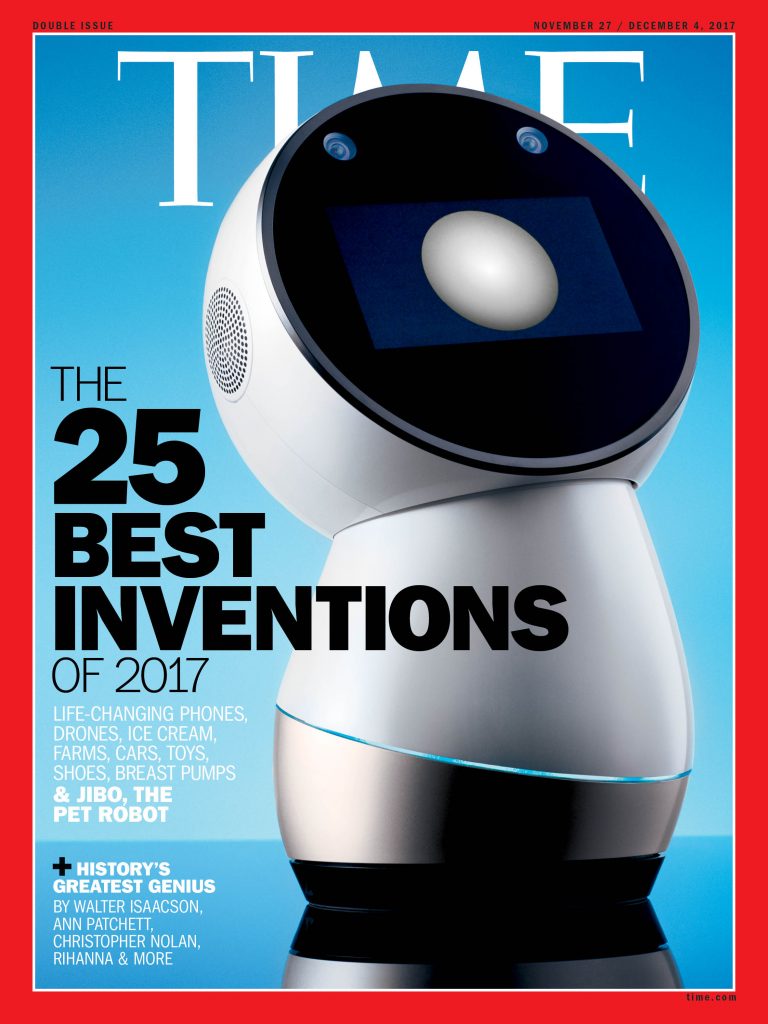 Health permeates a plethora of TIME magazine’s 25 Best Inventions of 2017. From head to foot, health is the mother of invention, based on TIME’s curation of “the best” things launched to market in the past year.
Health permeates a plethora of TIME magazine’s 25 Best Inventions of 2017. From head to foot, health is the mother of invention, based on TIME’s curation of “the best” things launched to market in the past year.
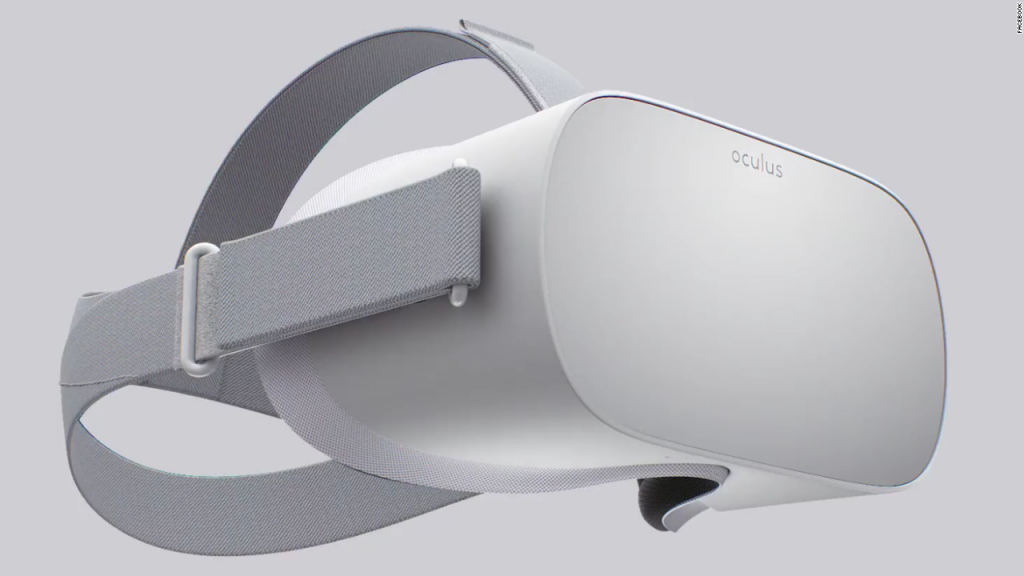
Starting with “the head,” the Oculus Go virtual reality (VR) headset from Facebook. While the first function with which VR is associated is fun and games, Dr. Brennan Spiegel at UCLA Geffen School of Medicine has been proving out VR‘s value in helping patients deal with pain and medical management. Keep your eye on his and others’ research into VR’s use in healthcare. The device will sell for $199 expected on the market in early 2018.
Another headset innovation is the eSight 3, promoted as glasses that give sight to people who are legally blind. They use high-def video plus magnification and algorithms that boost peoples’ eyesight — sufficiently well to, say, enable people to engage in their desired sport. The device has been tested in over 1,000 patients with researchers at Johns Hopkins, the University of Michigan, and Université de Montreal among others. eSight 3 carries a retail price of $9,995.
 Now, down to the foot: the adidas Futurecraft 4D shoe is, “a shoe that lets you run faster, pivot better and jump higher.” The soles are made via a 3-D printing process that basically fine-tune/personalize the product in as little as two hours — possibly, in the future, in retail stores. In the meantime, adidas’s plan is to leverage 17 years’ worth of runners’ data it has before the end of the year, and make a mass market standard pair of running shoes.
Now, down to the foot: the adidas Futurecraft 4D shoe is, “a shoe that lets you run faster, pivot better and jump higher.” The soles are made via a 3-D printing process that basically fine-tune/personalize the product in as little as two hours — possibly, in the future, in retail stores. In the meantime, adidas’s plan is to leverage 17 years’ worth of runners’ data it has before the end of the year, and make a mass market standard pair of running shoes.
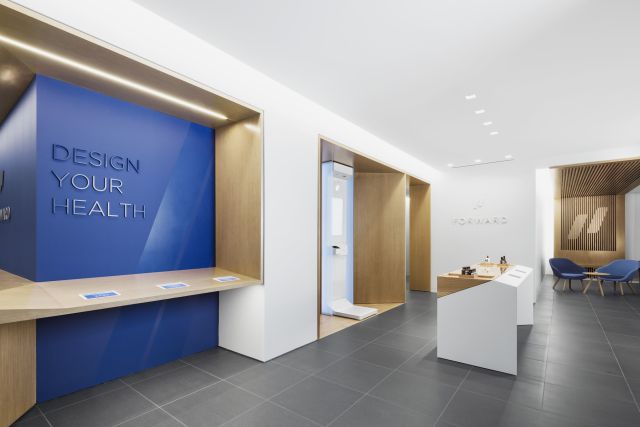 On the healthcare delivery front, TIME looks at Forward, a clinic that “reboots” primary care, according to the company’s website. Forward’s founder and CEO came from Google, creating a medical model that’s concierge-style – priced at $149 a month, to cover testings and screenings, weight-loss plans, doctors’ visits, and generic meds without co-payments. The clinic is currently operating and refining its business model in San Francisco, and plans to expand to other U.S. cities.
On the healthcare delivery front, TIME looks at Forward, a clinic that “reboots” primary care, according to the company’s website. Forward’s founder and CEO came from Google, creating a medical model that’s concierge-style – priced at $149 a month, to cover testings and screenings, weight-loss plans, doctors’ visits, and generic meds without co-payments. The clinic is currently operating and refining its business model in San Francisco, and plans to expand to other U.S. cities.
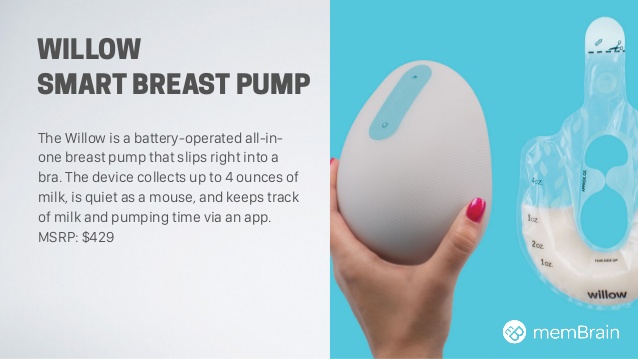 Now to women’s and children’s health: the Willow breast pump is portable and wearable, for on-the-go moms, TIME notes. This pump can slide into a bra (thus, the wearable aspect) and pump whenever, wherever mom wants to do so. “You can take a conference call,” Naomi Kelman, Willow CEO and President, is quoted. The beta version is being tested, with a planned launch for 2018.
Now to women’s and children’s health: the Willow breast pump is portable and wearable, for on-the-go moms, TIME notes. This pump can slide into a bra (thus, the wearable aspect) and pump whenever, wherever mom wants to do so. “You can take a conference call,” Naomi Kelman, Willow CEO and President, is quoted. The beta version is being tested, with a planned launch for 2018.
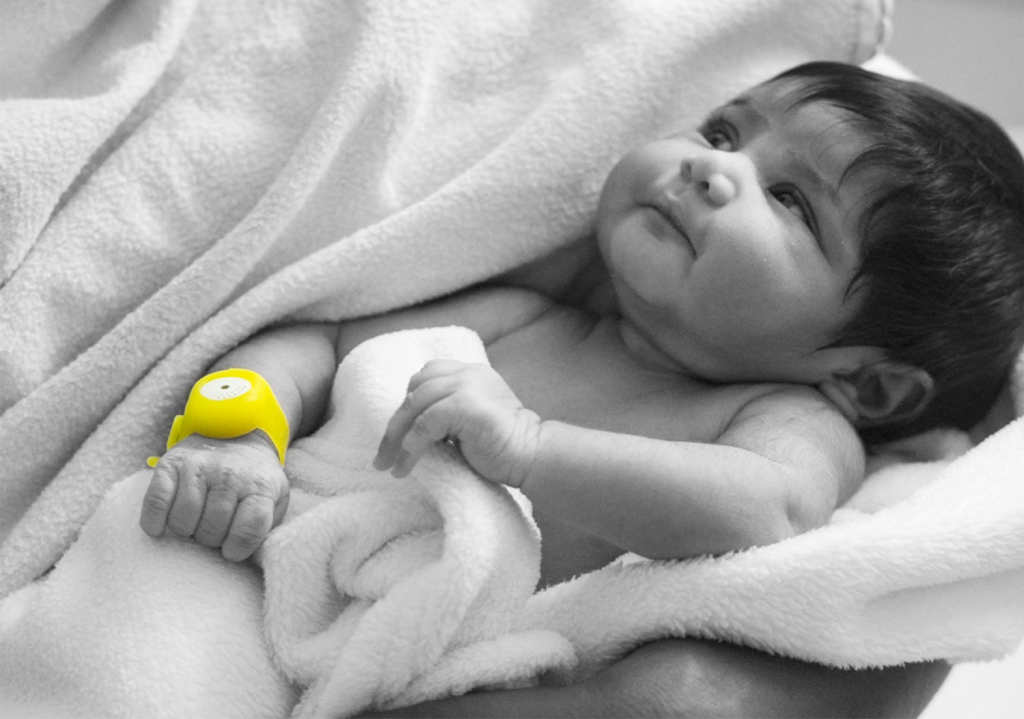 BabyTech will be a hot growth area at CES 2018 in Las Vegas, so on the baby front TIME selected Bempu, a wristband for babies. Bempu is essentially a thermometer for baby’s wrist, especially useful for infants born premature or low-weight. The band activates an alarm when baby is too cold, signalling mom to warm them up via hug or swaddling. The device has been launched in India where some 10,000 newborns have tried out Bempu and made a positive impact on neonatal mortality. [I can’t get enough of this Bempu baby, pictured here].
BabyTech will be a hot growth area at CES 2018 in Las Vegas, so on the baby front TIME selected Bempu, a wristband for babies. Bempu is essentially a thermometer for baby’s wrist, especially useful for infants born premature or low-weight. The band activates an alarm when baby is too cold, signalling mom to warm them up via hug or swaddling. The device has been launched in India where some 10,000 newborns have tried out Bempu and made a positive impact on neonatal mortality. [I can’t get enough of this Bempu baby, pictured here].
A key social determinant of health is a safe home, and the Nest secure home security system seeks to address that need. Nest is part of Alphabet, Google’s parent company. This system works with a fob, not a pass code, and the app can schedule accessibility so that, say, a babysitter or a housekeeper can only access the home at certain specified times.
 On the nutrition front, there’s the so-called “guilt-free” ice cream from Halo Top. The pint has a maximum of 360 calories – which is about what you’d consume with way less than one-half of a pint of, say, Ben & Jerry’s Cherry Garcia (800 calories) or Haagen-Dazs Vanilla (1,080 calories). Halo Top CEO calls its product “healthy.” TIME notes there’s a debate on that but this ice does have a higher percent of protein and uses Stevia to sweeten the flavors. This doesn’t come cheap, at $5 a pint, but sales are fast-growing. [I especially like the transparent big-font calorie count clearly shown on the front of the package and not just on the Nutrition Facts label on the back].
On the nutrition front, there’s the so-called “guilt-free” ice cream from Halo Top. The pint has a maximum of 360 calories – which is about what you’d consume with way less than one-half of a pint of, say, Ben & Jerry’s Cherry Garcia (800 calories) or Haagen-Dazs Vanilla (1,080 calories). Halo Top CEO calls its product “healthy.” TIME notes there’s a debate on that but this ice does have a higher percent of protein and uses Stevia to sweeten the flavors. This doesn’t come cheap, at $5 a pint, but sales are fast-growing. [I especially like the transparent big-font calorie count clearly shown on the front of the package and not just on the Nutrition Facts label on the back].
The Tasty One Top induction cooktop and app-linked cooking channel could also address the nutrition and healthy eating front. This development comes out of BuzzFeed’s Tasty video feed which serves up recipes through which the cooktop’s app coaches the cook. Last January, Tasty featured this “one-pan chicken and veggie meal” to coincide with healthy food New Year’s Resolutions.
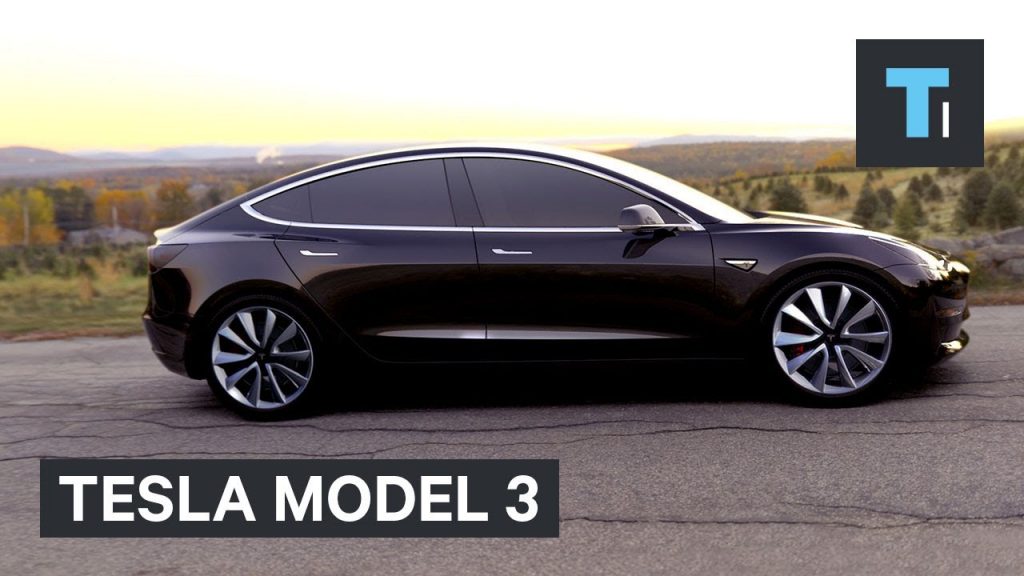 Tesla’s Model 3 electric car also made it on TIME’s list of best inventions of the year. I select this for the social determinant of health for a clean environment (among other benefits). Respiratory health is compromised by pollutants and effluents, and the adoption of electric cars can be part of the solution.
Tesla’s Model 3 electric car also made it on TIME’s list of best inventions of the year. I select this for the social determinant of health for a clean environment (among other benefits). Respiratory health is compromised by pollutants and effluents, and the adoption of electric cars can be part of the solution.
Furthering environmental and human health, the Molekule air filter has a nanofilter that reacts with light to zap toxins, mold and bacteria, in their tracks. Like many of TIME’s “best inventions” of the year, this device doesn’t come cheap at $800 plus $99 a year for new filters.
In the interest of readers’ short attention spans, I’ll stop the descriptions here, but note other health-potential devices on the list, including the Zero1 stronger, safer football helmet; Norton Core Wi-Fi router to keep homes safe from hacking; the 3D Ocean Farm for sustainable seafood farming; the JIBO robot for personal home care; and, the iPhone X next-generation phone from Apple.
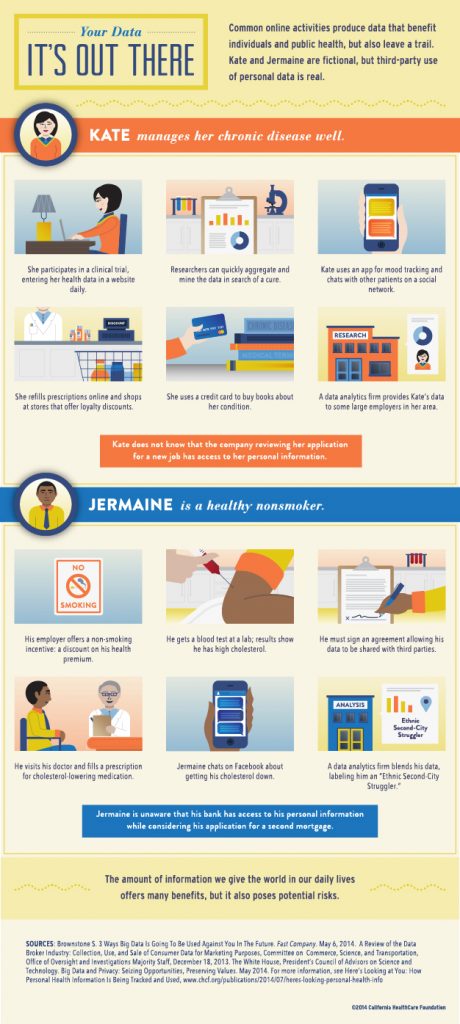 Health Populi’s Hot Points: It’s exciting to get caught up in the potential for health/care everywhere, especially enabled through the Internet of Things to which so many of TIME’s inventions connect. Apps are tethered to many of these devices, which collect and track data that aren’t covered by HIPAA privacy laws (with the exception, I assume, for the Forward clinic patient data).
Health Populi’s Hot Points: It’s exciting to get caught up in the potential for health/care everywhere, especially enabled through the Internet of Things to which so many of TIME’s inventions connect. Apps are tethered to many of these devices, which collect and track data that aren’t covered by HIPAA privacy laws (with the exception, I assume, for the Forward clinic patient data).
Last week, the FDA approved the Abilify MyCite, linking a medication for schizophrenia in “smart pill” form with a sensor and app enabling doctors, caregivers, or others to observe the patient’s medication adherence. I wrote about this event here in Health Populi, and have been tracking subsequent discussions about the new-new medical thing.
A key and keen observer of this space is Dr. Eric Topol, who urged us to keep a critical eye on the so-called Big Brother potential of this development.
As consumers adopt new things, like personal digital assistants, smart home devices, and baby tech that can be life-saving and convenient, people should be mindful of the reality of personal health information collection — even when those data may not seem health-related. Social determinants and lifestyle choices are powerful forces in our health-making, and data are the new currency.
So remember, even though ice cream pints don’t yet have health sensors in the packaging: your retail grocery receipts can get mashed up into your personal data profile. So watch your calories, caveat emptor, caveat eater.
For more on health data privacy challenges that fall outside of HIPAA protections, you can read my paper, Here’s Looking at You, written for the California Healthcare Foundation. The paper discusses how personal health information is getting tracked and used in the growing “new currency” data brokering environment.


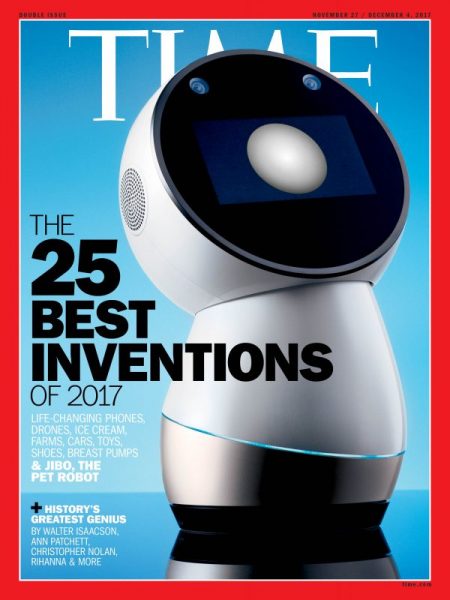


 I am so grateful to Tom Lawry for asking me to pen the foreword for his book, Health Care Nation,
I am so grateful to Tom Lawry for asking me to pen the foreword for his book, Health Care Nation,  I love sharing perspectives on what's shaping the future of health care, and appreciate the opportunity to be collaborating once again with Duke Corporate Education and a global client on 6th May. We'll be addressing some key pillars to consider in scenario planning such as growing consumerism in health care, technology (from AI to telehealth), climate change, and trust -- the key enabler for health engagement or dis-engagement and mis-information. I'm grateful to be affiliated with the corporate education provider
I love sharing perspectives on what's shaping the future of health care, and appreciate the opportunity to be collaborating once again with Duke Corporate Education and a global client on 6th May. We'll be addressing some key pillars to consider in scenario planning such as growing consumerism in health care, technology (from AI to telehealth), climate change, and trust -- the key enabler for health engagement or dis-engagement and mis-information. I'm grateful to be affiliated with the corporate education provider  Thank you FeedSpot for
Thank you FeedSpot for